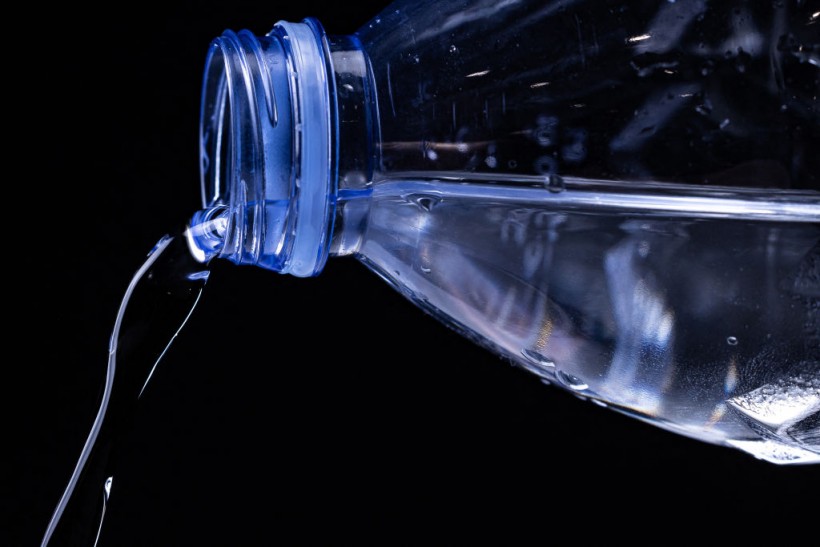Researchers at Columbia and Rutgers universities have made a significant discovery: bottled water contains a higher concentration of nanoplastic particles than earlier estimations, raising more concerns about potential health risks.
The study, utilizing a novel technique, identified tiny particles measuring 50 to 100 nanometers, approximately the width of a virus, per Gizmodo. This advanced method unveiled nearly a quarter of a million nanoplastic particles per liter in bottled water, a staggering increase of 10 to 100 times compared to previous estimates.
Surprisingly, the predominant materials were polyamide and polystyrene, not the commonly associated polyethylene terephthalate (PET), suggesting contamination during the filling and purification process.
Call For Urgent Action
"We've opened up a whole new world," remarked Wei Min, a chemistry professor at Columbia University and one of the study's authors. The breakthrough technique involved filtering bottled water from three different brands through an ultrafine membrane.
By shining two lasers calibrated to recognize chemical bonds on the membrane, researchers could efficiently count the various plastic particles. Their estimation revealed approximately 240,000 nanoplastic particles per typical one-liter bottle.

The study underscores the urgency for collaborative efforts with toxicologists and public health researchers to comprehend the potential health risks of nanoplastic exposures, as their toxicity remains uncertain.
Emphasizing the need for immediate action, the research advocates for policymakers, particularly in the United States, to support legislation such as the Break Free From Plastic Pollution Act, aimed at limiting plastic production.
Additionally, endorsing plastic reduction within the framework of the United Nations' global plastics treaty is recommended. The findings accentuate the pressing need to address nanoplastic contamination comprehensively and pave the way for a new approach to mitigate its adverse effects on human health and the environment.
Read Also: Nvidia Advanced Gaming Cards Repurposed for AI in China Amid US Export Controls
The Dangers of Microplastics
Annual plastic production exceeds 430 million metric tons, causing a global environmental issue, as reported by Euronews. Microplastics from clothes and cigarette filters have infiltrated seas, food, and water, according to the UN Environment Programme. Despite challenges faced during discussions in November, global initiatives for a comprehensive plastics treaty persist.
Nanoplastics can enter essential organ cells and tissues, interrupting biological processes and introducing toxic substances. These tiny particles can carry endocrine-disrupting bisphenols, phthalates, flame retardants, PFAS, and heavy metals. These chemicals leak out of plastic as it enters the body due to high internal temperatures, posing health hazards.
Sherri Mason, an associate research professor at Penn State Erie, highlights that these chemicals may move to the liver, kidneys, and brain, even cross the placental boundary, and harm unborn children, as per a CNN report. Plastic compounds were found in developing newborns' organs after their mothers were exposed to plastic particles in pregnant mice.
Human placenta, lung tissues, feces, and blood contain micro- and nanoplastics. Despite this knowledge, the polymeric polymer's potential damage is understudied. Nanoplastics' hazards must be studied due to the complex interaction between plastic pollution and human health.
Related Article: WHO Warning: December's COVID-19 Surge Caused 10,000 Deaths Worldwide










